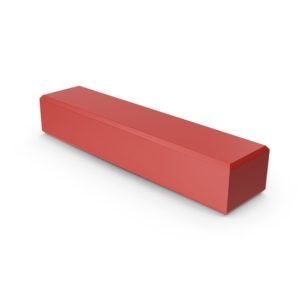Word problems

Word problems are a common type of problem found in mathematics. They require students to use critical thinking skills to translate a written problem into a mathematical equation that can be solved. Despite their importance, word problems can be a challenge for many students. In this blog, we will explore some tips and strategies for solving word problems.
- Read the problem carefully
The first step in solving a word problem is to read it carefully. Many students make the mistake of rushing through the problem and missing important details. To avoid this, read the problem slowly and carefully, making sure to understand what is being asked.
- Identify the key information
Once you have read the problem, identify the key information. This includes any numbers, units, and relationships between the different parts of the problem. Highlight or underline this information to make it easier to refer back to later.
- Determine the type of problem
Word problems can be divided into different types based on the mathematical operation required to solve them. Some common types of word problems include addition, subtraction, multiplication, and division. Once you have identified the type of problem, you can choose the appropriate mathematical operation.
- Translate the problem into an equation
The next step is to translate the problem into a mathematical equation. This involves identifying the variables, setting up the equation, and solving for the unknown. For example, if the problem asks you to find the sum of two numbers, you would set up the equation as follows: x + y = z, where x and y are the two numbers and z is their sum.
- Check your work
Finally, it is important to check your work to ensure that you have solved the problem correctly. This involves verifying that your answer makes sense and checking your calculations for errors.
In conclusion, word problems are an important part of mathematics education. By reading the problem carefully, identifying key information, determining the type of problem, translating the problem into an equation, and checking your work, you can solve word problems with confidence. With practice, you can develop the critical thinking skills necessary to solve even the most complex word problems.
Check this quiz out to check your understanding of word problems.




